Key Takeaways
-
Physical Features: Silverfish are small, silvery, flat insects with long antennae and a tapered body.
-
Habitat: They love dark, humid environments like bathrooms, kitchens, basements, and attics.
-
Diet: Silverfish feed on carbohydrates, including starches in books, wallpaper, clothes, and even pantry goods.
-
Life Cycle: They lay eggs in hidden areas, and the nymphs mature into adults that can live for several years.
-
Distinguishing Features: They can be confused with firebrats or bristletails, but their preference for humidity makes them unique.
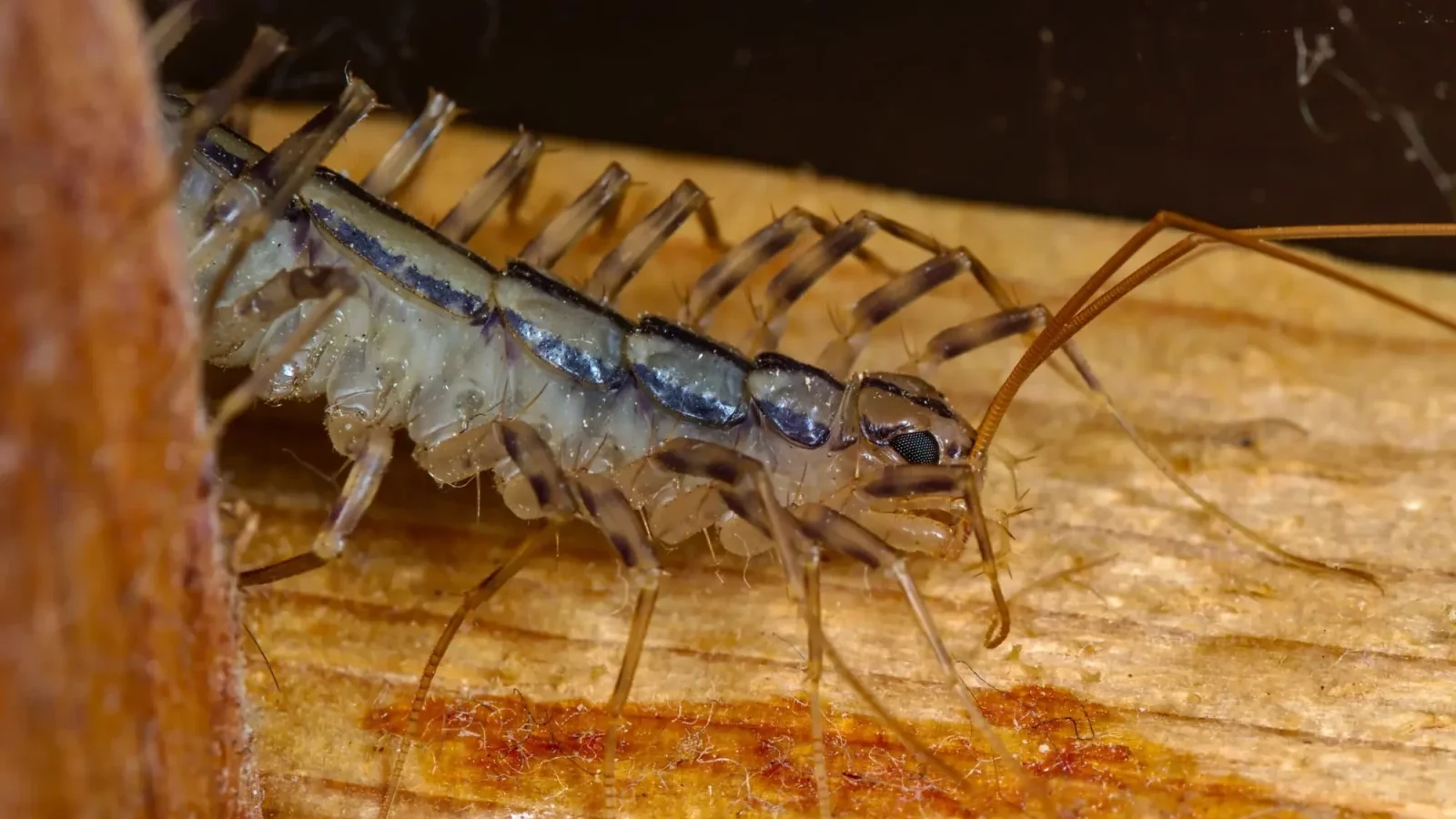 Silverfish are one of the most common pests found in homes. Recognizing them early is important for managing infestations before they become a larger issue. But what do silverfish look like, and how can you accurately identify them? This guide will help you understand their appearance, how they develop, and what other pests may resemble silverfish so you can take action quickly if you find them in your home.
Silverfish are one of the most common pests found in homes. Recognizing them early is important for managing infestations before they become a larger issue. But what do silverfish look like, and how can you accurately identify them? This guide will help you understand their appearance, how they develop, and what other pests may resemble silverfish so you can take action quickly if you find them in your home.
But here’s the thing: The earlier you spot silverfish, the easier it is to control them. Identifying them, understanding where they live, and knowing what do silverfish eat are the first steps in preventing an infestation. Let’s break it down so you can stop these pests in their tracks. Ready?
What Do Silverfish Look Like?
Silverfish have a distinct, unmistakable appearance. Their name comes from their silver or greyish-blue colour, and their movements are often compared to the way fish swim. These insects are small and slender, measuring between ½ and 1 inch in length. Their bodies are flat and covered in fine, metallic scales, giving them a shiny appearance.Silverfish are wingless but move quickly, using their six legs to scuttle across floors, walls, or ceilings. Their tapered, teardrop-shaped body narrow toward the tail. At the end of their abdomen, they have three long, thin appendages that resemble antennae, giving them a bristly appearance.
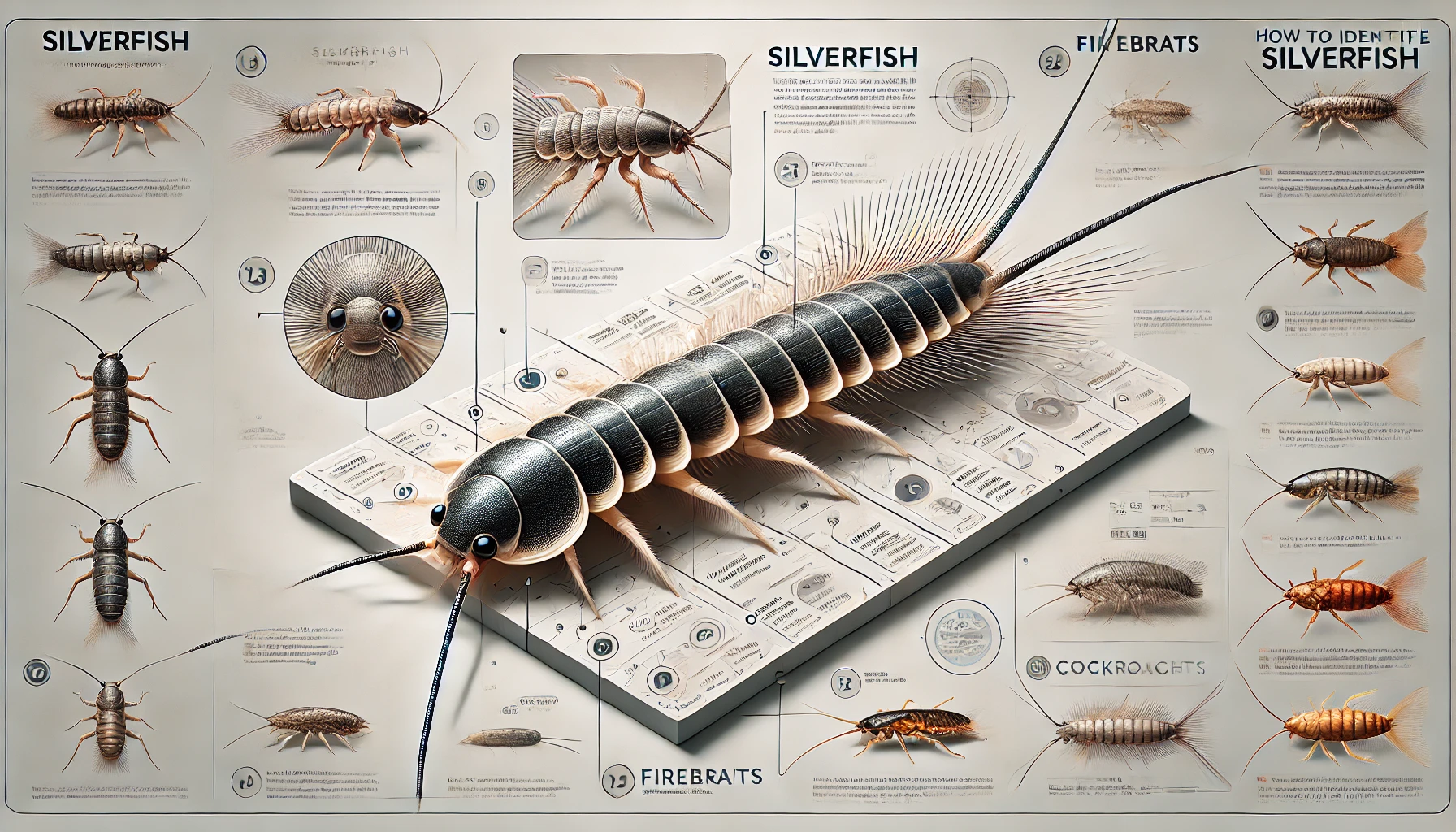

Not getting a solution?
Get your free pest control estimate today!Silverfish Identification Guide: Key Features
Okay, let’s get into the details. You’ve probably heard the term “silverfish” tossed around, but what does it mean? Silverfish are small, wingless insects with unique physical traits that set them apart from other household pests. Let me explain what you need to look for to know whether you’re dealing with a silverfish or something else. Size and Shape First, silverfish are pretty small—around 12 to 19 millimetres (about half an inch to three-quarters of an inch long). They have a long, flat body that tapers at both ends, making them look kind of like little fish. The body is covered in tiny, silvery scales that shimmer, giving them that “silver” look.You might think you’ve spotted something glistening in the corner of the room, but it could just be a silverfish skittering away. You know what? The moment they start moving, you’ll see how fast they are. They scurry around at lightning speed! Colour and Texture The thing that sets silverfish apart from other pests is their color. They have a metallic, silver-gray hue that helps them blend into their surroundings—especially in darker places. Their smooth, shiny bodies make them hard to notice, which is why they can hide out in those hard-to-reach areas around your home. Think bathroom corners or hidden spaces in your kitchen, places you probably don’t check daily. Antennae and Tail If you get a close look, you’ll notice that silverfish have these long, delicate antennae sticking out of their heads. These antennae help them sense their environment, which is pretty handy considering how elusive they are.
And let’s not forget the tail! They have three tail-like appendages at the back of their bodies, making them look even more fish-like. It’s one of the main things that gives them away.
Where Do Silverfish Live?’
Now, let’s start talking about where these creatures are seen . Honestly, silverfish are picky, but not in a high-maintenance way. They love dark, humid environments, which is why they tend to show up in places like bathrooms, kitchens, basements, and even attics. The humidity in these areas gives them exactly what they need to flourish.What’s even more interesting part is that they don’t need a lot of nutrition to survive. They primarily feed on carbohydrates—things like starches and sugars. So, if you have old books, wallpaper glue, or even a neglected pantry, silverfish will love it. Humidity is Key If you have observed a sudden increase in silverfish activity in your house, check your home’s humidity levels. These small little pests grow in around 75% to 95% humidity. So, a wet basement or a shower without a proper ventilation system? Yep, that’s Silverfish Paradise.
Silverfish Diet: What They Eat (and What They Can Destroy)
- Silverfish might not nibble on your food, but they can still cause much damage. So, what do they eat? Well, they’ll feed on anything with starch or sugar. Below are included the following things silverfish like to eat:
-
Books and Paper: Silverfish are drawn to the starch in book bindings, wallpaper glue, and even old newspapers, causing damage to personal items over time.
-
Clothing: They love natural fibers like cotton and linen. Clothes stored in humid areas can become a perfect meal for silverfish.
-
Food Products: While rare, silverfish may invade your pantry to nibble on dry foods like cereal and flour.
-
Glue and Adhesives: Silverfish will happily consume the glue used in wallpapers and book bindings, leading to long-term damage to your items.
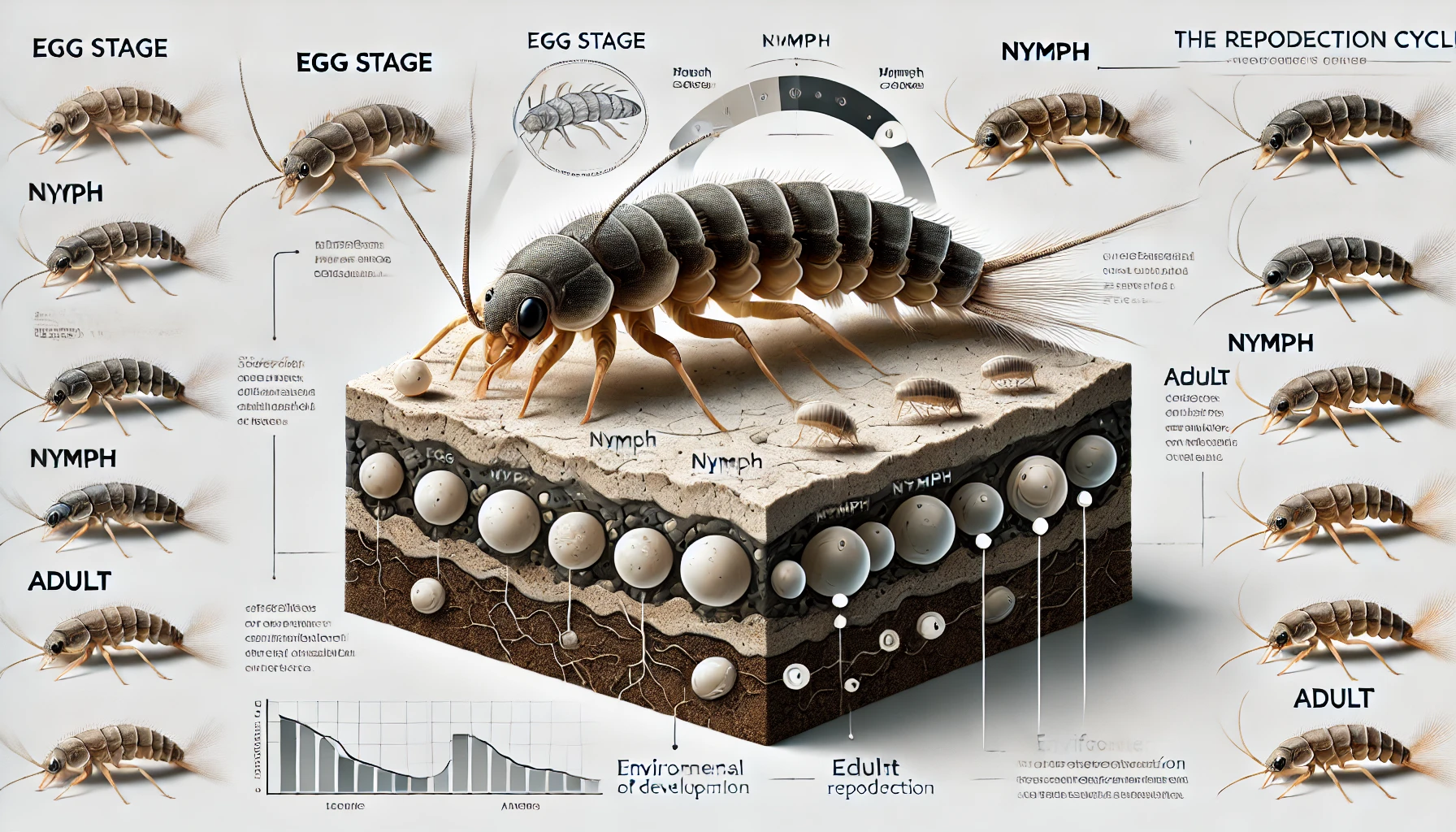
How Silverfish Reproduce
You will be shocked to know how these small tiny pests seem to be quick in multiplying their popluation out of nowhere? Silverfish are no exception. They reproduce quickly, so it’s crucial to act fast if you spot them. Here’s how it works: Eggs Silverfish lay tiny, white, oval-shaped eggs in those cracks, crevices, and hidden areas. They place them in places that offer both shelter and a food source. Nymphs Once the eggs hatch, silverfish appear as nymphs, which are just shorter versions of adults. They go through several moulting stages, shedding their skin as they grow. It takes just a few months for them to ripen into full-grown adults. Adults Once they reach adulthood, they can live for up to three years! As full grown adults, they’re capable of laying more eggs, creating a continous cycle if not dealt with proper manner.How to Tell a Silverfish Apart from Other Bugs
Now, you might be thinking: Are these silverfish, or are they something else entirely? While a few insects might look the same as silverfish, some essential distinctions will help you tell them apart. Firebrats vs. Silverfish Firebrats are assumed to be like silverfish’s cousins. They have the same teardrop shape and move quickly but are slightly different. Firebrats are usually darker—grayish-brown—and prefer warmer, drier environments like near heaters or furnaces. So, if you encounter a pest in a hotter area of your house, it’s more likely to be a firebrat than a silverfish.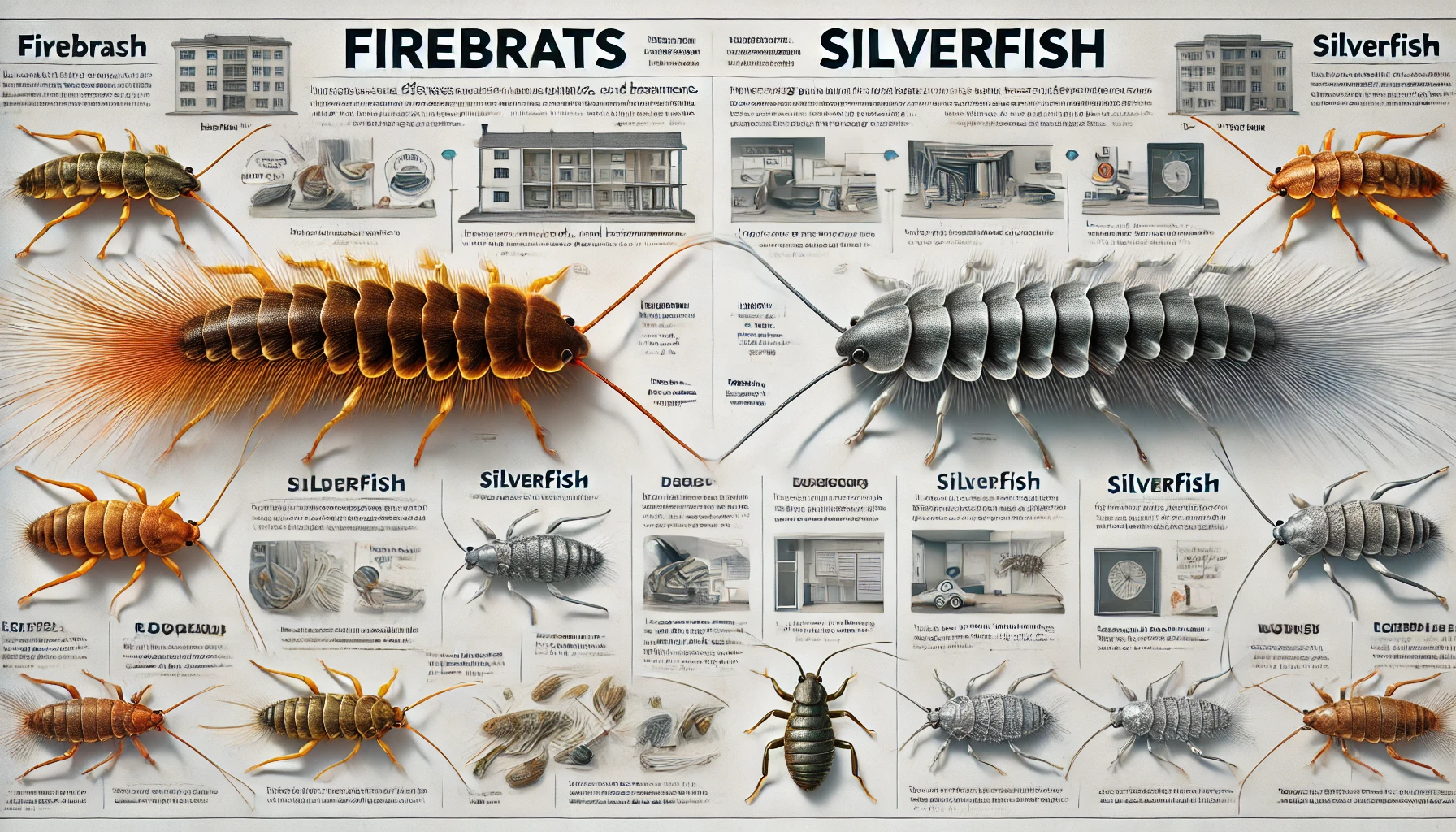 Bristletails vs. Silverfish
Another lookalike insect is the bristletail. These guys are also very small and have tails, but they’re usually found outdoors, unlike silverfish who hide in your bathroom. Bristletails are more active in cooler, damp conditions, not like silverfish, who like to grow in warmer, more humid environments.
Bristletails vs. Silverfish
Another lookalike insect is the bristletail. These guys are also very small and have tails, but they’re usually found outdoors, unlike silverfish who hide in your bathroom. Bristletails are more active in cooler, damp conditions, not like silverfish, who like to grow in warmer, more humid environments.
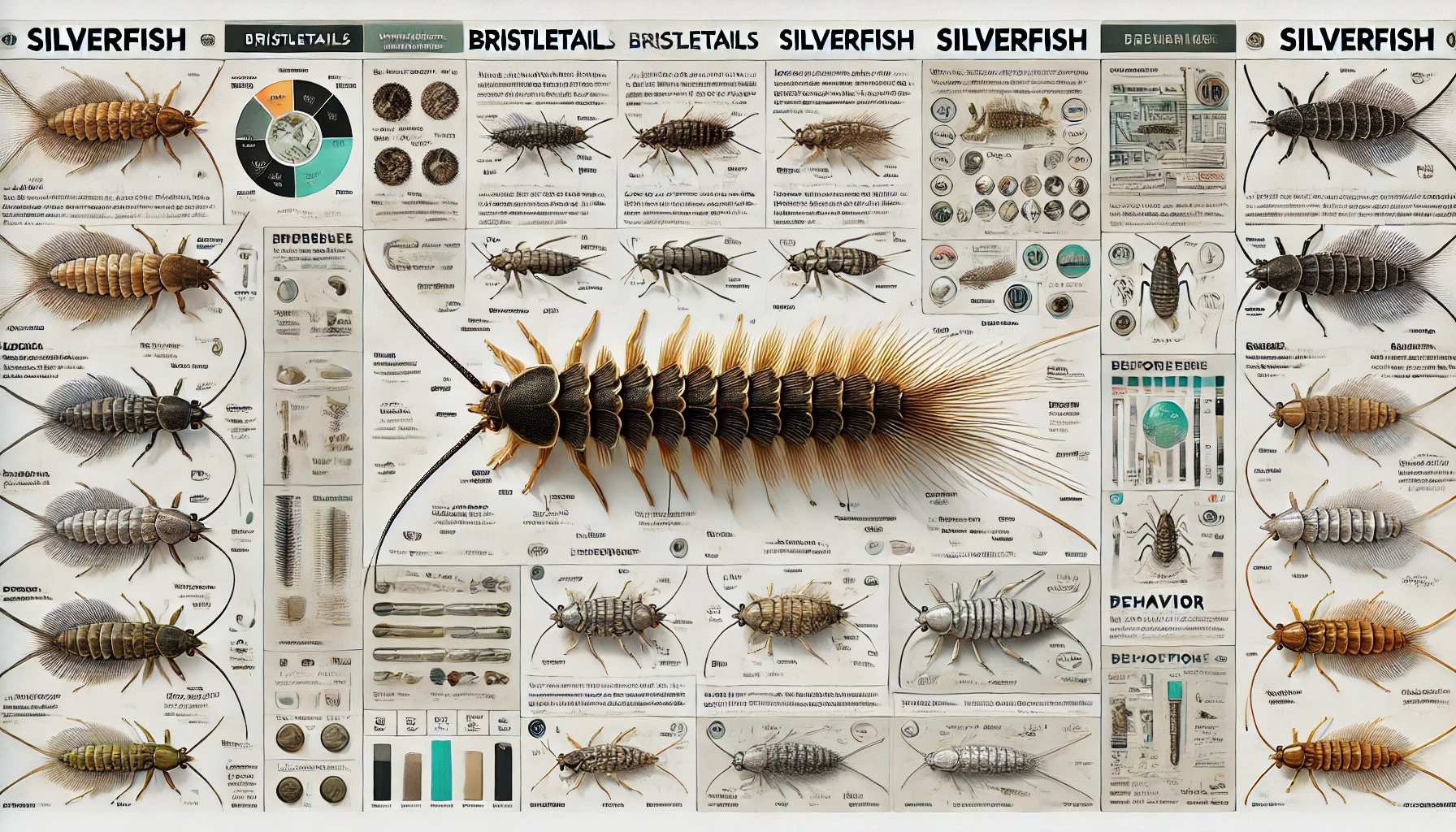 If you feel things have gone out of control, it is advised to contact pest control professionals. Our team can provide a customized approach to protect your home effectively.
If you feel things have gone out of control, it is advised to contact pest control professionals. Our team can provide a customized approach to protect your home effectively.
Visit our Species, Control, and DIY Guide sections for additional resources on silverfish and ways to tackle a silverfish infestation.





